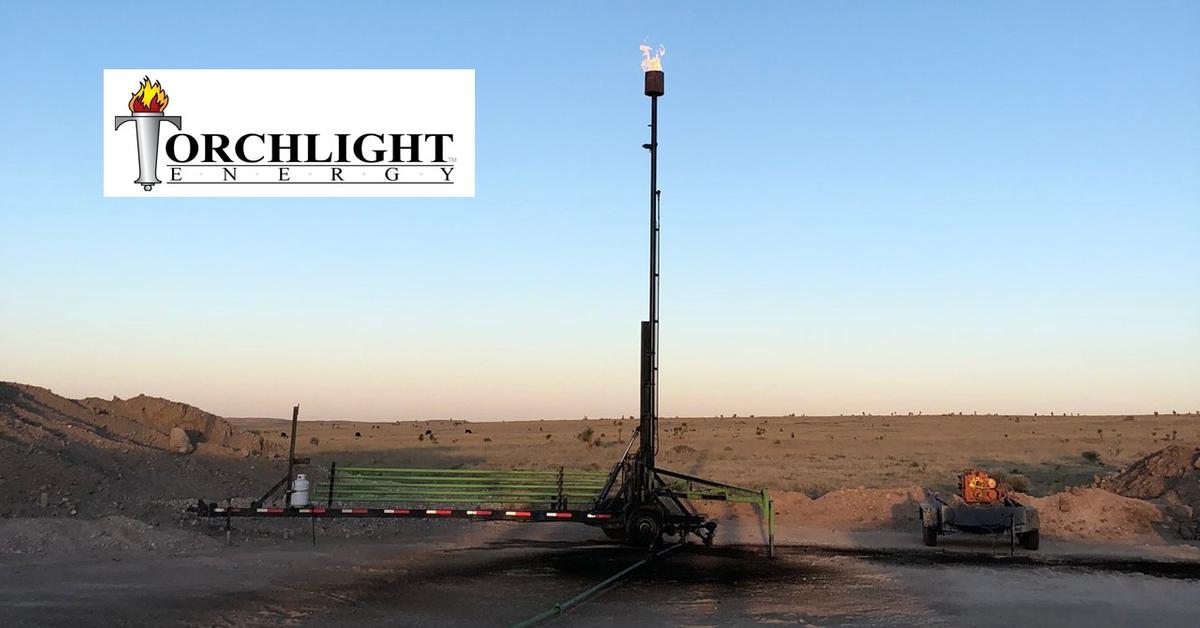

The difference is that Meta Materials’ solution is non-invasive. Senseonics is a diabetes management firm that is progressing toward the commercialization of an implantable glucose monitor. There are at least a few parallels between Meta Materials and Senseonics (NYSEAMERICAN: SENS). When it completed the business combination with Torchlight Energy Resources the accompanying press release noted that it would discuss recent events and future growth initiatives on July 6. It is apparent that it is attempting to further establish its position within health and wellness in particular. Meta Materials technology platform enables leading global brands to deliver breakthrough products to their customers in consumer electronics, 5G communications, health and wellness, aerospace, automotive, and clean energy. Ostensibly that cash will be directed toward materials development alone since its newly purchased oil assets are being sold.īased on those assumptions, is MMAT stock worth establishing a position in? A Closer Look at TRCH Stock As a result of the combination, it has $160 million in cash with nearly zero debt. The focal point moving forward for potential investors is whether Meta Materials makes sense as an investment. T orchlight CEO John Brda will remain with the new business combination while its oil & gas assets are disposed of. Meta Materials shareholders are expected to own 75% of the combined company, while Torchlight shareholders get 25%. Nevertheless, it seems that the terms of the deal were enough to entice shareholders to agree to the merger. Yet the acquirer profile looked to be a larger oil E&P company. TRCH stock had long been considered an acquisition target.

The synergies leading to the business combination are somewhat unclear. Torchlight Energy Resources was an oil & gas exploration firm that operated in Texas. Meta Materials is a company that develops functional materials and nanocomposites. It shows how effective a company is at turning capital invested by shareholders and other debtholders into profits.Source: Minerva Studio / Return on invested capital (ROIC) is net income after dividends divided by the sum of debt and equity. Indicates a company's profitability in relation to its total assets. The rate at which the company's net income has increased to the same quarter one year ago. It indicates the company's profitability. Net income divided by revenue of the last 4 quarters. Net Income is the profit after all expenses have been deducted from the total revenue. It indicates the efficiency of using their resources to produce goods or services.Įarnings before tax and interest payments. Gross profit is the profit after subtracting the costs of making and selling its products or the costs of providing its services.

Revenue is the sum of all cash flow into the company. However, the ratio is difficult to compare between industries where common amounts of debt vary. Price to Book Ratio is the Market cap divided by the Book value of the companyĪ higher ratio indicates a higher risk. Market cap divided by the revenue in the most recent year. A lower PEG could mean that a stock is undervalued.Įarnings divided by outstanding shares.

The ratio between the P/E ratio and the growth rate of the company's earnings per share in the last twelve months. A high ratio could indicate that the stock is overvalued or investors are expecting high growth. A low ratio could indicate that the stock is undervalued or investors aren't expecting high growth. Ratio between share price and earnings per share.


 0 kommentar(er)
0 kommentar(er)
